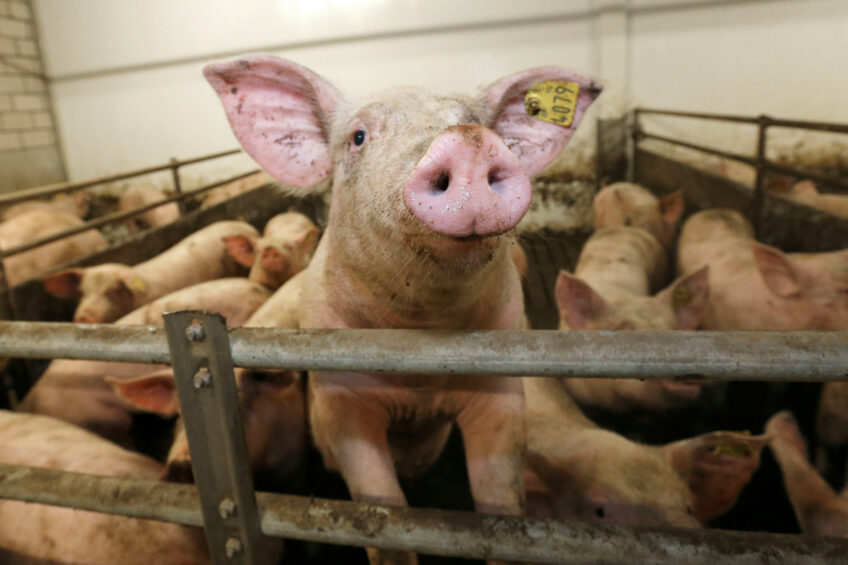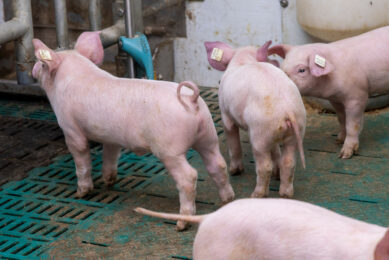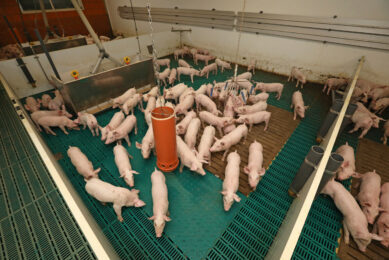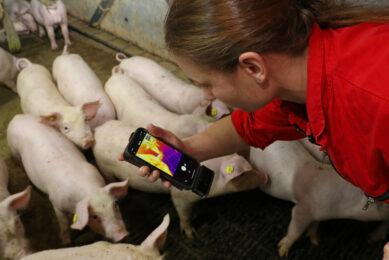Potential welfare and production consequences of overstocking finisher pigs

Stocking density for finisher pigs isn’t as straightforward as it may seem. External factors can cause the optimal stocking density to vary between farms, and this may also change over time, writes welfare and health expert Dr Monique Pairis-Garcia.
Floor space provided for finisher pigs has long been discussed in the industry and studied in university settings. Finishing pigs require enough space (square metres or square feet per animal) to accommodate for their physical body size, taking into account the age, weight and size of the pig being housed.
Stocking density (the number of animals per space allocation) can then be determined using the individual pig characteristics making up the group (although we often based on space allowance using average pig characteristics of the farm, not the individual).
Universal standards of pig space
However, recommended space allowance for individual pigs can be significantly impacted by external factors other than the pig itself, including temperature, flooring type, group size and behavioural traits of the pigs. Given the multiple factors influencing the amount of space each pig needs, simple equations or universal standards of space allowance across all farm systems can be difficult or impractical to implement.
A recent review paper out of New Zealand helped capture the historical context of space allowance for growing pigs considering the impact of animal welfare, performance and on-farm practicality of implementing such space recommendations. From a welfare perspective, space allowance can significantly impact pig welfare and performance in a variety of ways.
Poorer feed conversion efficiency
From a nutritional perspective, pigs with restricted space can exhibit poorer feed conversion efficiency, decreased average daily gain, and lower final weights. Their physical condition and health can also be impacted, including reduced thermal comfort, increased rates of respiratory and gastrointestinal diseases, and negative affective states such as pain and stress associated with these conditions.
From a behavioural standpoint, pigs that are housed with less space allowance show a decrease in activity and feeding behaviour and may show abnormal or unwanted behaviours such as tail or flank biting and stereotypies.
Housing, genetics and production metrics
As the global swine industry moves forward with changes in housing, genetics and production metrics, we must consider that the management practices we have implemented over the last 20 years may not be suitable for the pigs we raise in the next 20 years. Evaluating space allowance in your current system, ensuring that changes in pig size, weight and age are taken into account, is important.
In addition, steps must be taken to ensure that space allowance and stocking density can be maintained in situations where total inventory exceeds farm capacity, requiring better plans and protocols to be put in place to find more space for extra pigs rather than decreasing space allowance for all pigs.











